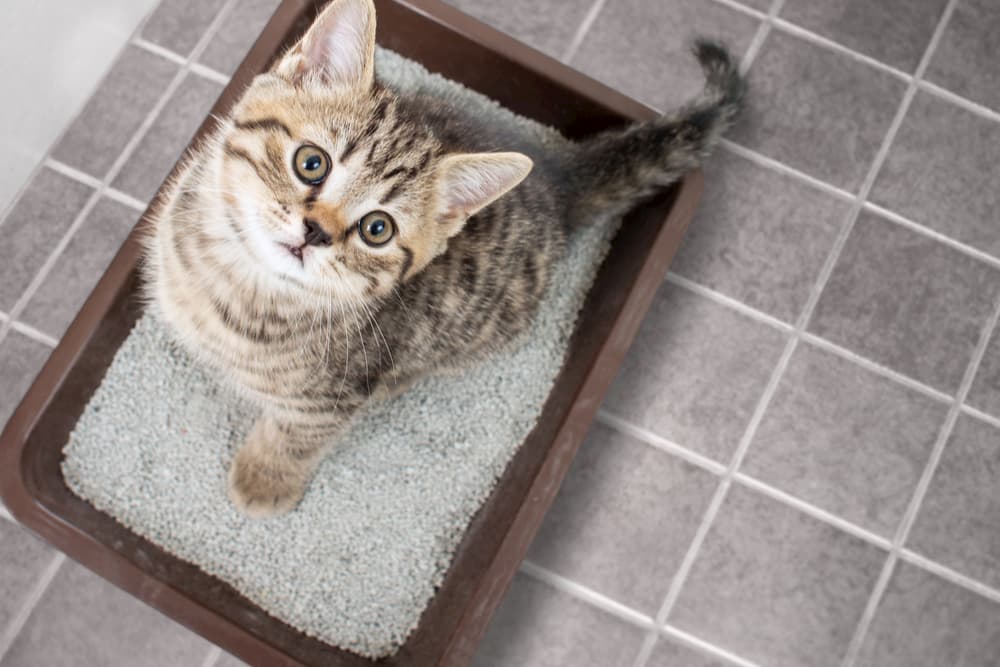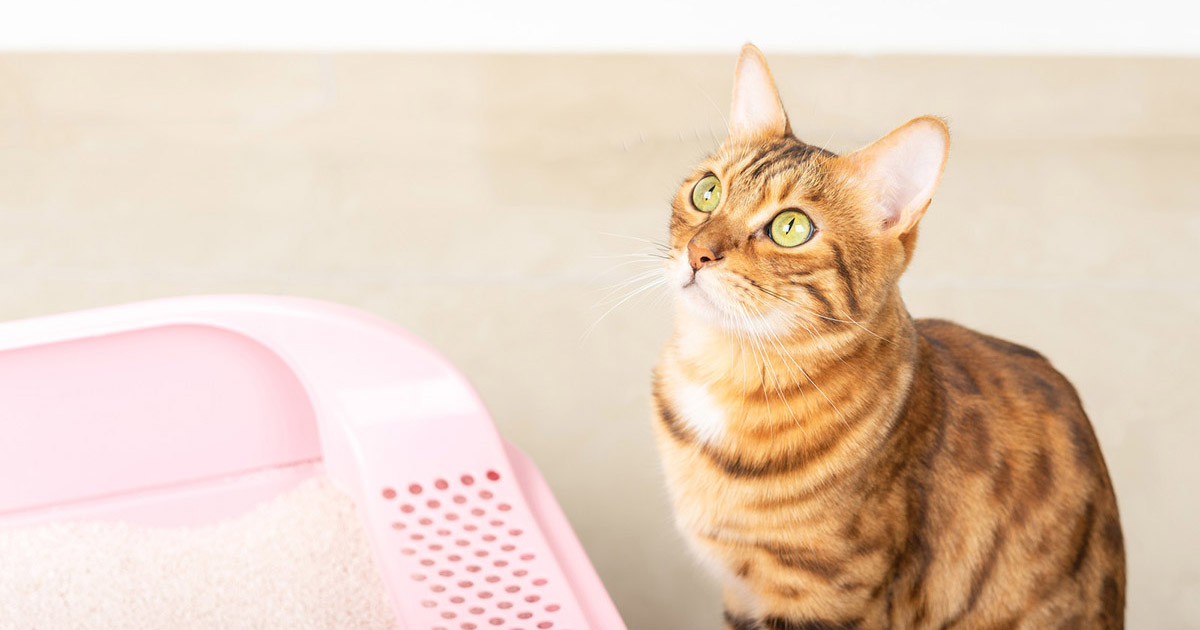An Relevance of Proper Disposal of Animal Waste
An Relevance of Proper Disposal of Animal Waste
Blog Article
Are you trying to find insight about 4 Reasons Why Dog Poop Cleanup is Important?

When it comes to throwing away waste, especially animal waste, many individuals often consider the convenient alternative of flushing it down the toilet. Nevertheless, this seemingly very easy service can have severe repercussions for the setting and public health. In this article, we'll explore why flushing animal waste down the toilet is a bad idea and offer alternate techniques for proper disposal.
Introduction
Correct garbage disposal is vital for maintaining ecological sustainability and public health. While it might appear safe to flush animal waste down the bathroom, it can cause different problems, both for the environment and human wellness.
Threats of flushing animal waste
Environmental influence
Flushing animal waste introduces dangerous microorganisms and pathogens right into waterways, which can adversely affect water ecological communities. These pathogens can infect water resources and injury marine life, disrupting fragile environments.
Public health problems
Pet waste includes dangerous bacteria such as E. coli and Salmonella, which can position severe health and wellness threats to humans. Flushing animal waste down the commode can pollute water products, leading to the spread of conditions and infections.
Alternatives to flushing
Rather than purging pet waste down the commode, there are numerous alternate disposal methods that are much more environmentally friendly and sanitary.
Composting
Composting animal waste is a green method to take care of it. By composting, organic matter is broken down right into nutrient-rich soil, which can be made use of to fertilize gardens and plants.
Garbage dump disposal
Taking care of pet waste in a land fill is one more choice. While not as environmentally friendly as composting, it is a safer alternative to flushing, as it avoids the contamination of water sources.
Pet dog garbage disposal systems
There are customized pet dog garbage disposal systems offered that safely and hygienically take care of pet waste. These systems often use enzymes to break down waste and eliminate smells.
Steps to proper pet waste disposal
To make certain correct disposal of pet waste, follow these actions:
Scooping and landing waste
Routinely scoop and bag animal waste using eco-friendly bags. This protects against waste from infecting the environment.
Using marked waste bins
Dispose of bagged animal waste in marked waste bins, such as garden compost containers or garbage dump containers. Prevent flushing it down the commode whatsoever costs.
Cleansing litter boxes and pet dog locations regularly
Consistently clean litter boxes and animal areas to stop the accumulation of waste and bacteria. Use pet-safe cleansing products to keep hygiene.
Advantages of correct disposal approaches
Adopting proper disposal approaches for animal waste uses several benefits:
Minimized environmental pollution
Proper disposal approaches minimize the danger of environmental pollution, safeguarding rivers and communities from contamination
Minimized risk of water contamination.
By staying clear of flushing pet waste down the toilet, the danger of water contamination is significantly lowered, safeguarding public health.
Enhanced cleanliness and health
Correct disposal methods advertise better cleanliness and hygiene, creating a much safer atmosphere for both humans and animals.
Final thought
Finally, purging animal waste down the bathroom is unsafe to the setting and public health. By embracing alternative disposal approaches and complying with appropriate waste monitoring methods, we can reduce the unfavorable impact of animal waste and add to a cleaner, healthier planet.
What To Do With Dog Poo – The Do's And Don'ts Of Disposing Of Faeces
Dog poo bins
Some councils provide dedicated dog waste bins in popular dog-walking areas that can take dog poo that has been bagged but you can legally dispose of dog waste in any public litter bin, as long as it is securely bagged. This also applies to your wheelie bin at home.
Do not flush
Water companies do not recommend flushing dog faeces down the toilet because certain parasites can survive the water processing treatment and are potentially harmful to humans. You should also never consider flushing dog poo that has been bagged down the toilet as the bags will not break down and instead create severe blockages in the sewage system.
In the woods
The Forestry Commission promotes a ‘stick and flick’ method for dealing with waste in the woods. This means finding a stick and using it to flick any poo from off the path so that it is out of the way of other walkers. You could also bury it as long as it is not in an area where there might be livestock.
Livestock
Parasites found in dog poo can be transmitted to livestock if they inadvertently eat infected faeces that has been left on grazing land. This could result in the death of sheep or abortion in cattle so you should always make sure you pick up your dog’s waste in fields where livestock could be present.

Consistently clean litter boxes and animal areas to stop the accumulation of waste and bacteria. Use pet-safe cleansing products to keep hygiene.
Advantages of correct disposal approaches
Adopting proper disposal approaches for animal waste uses several benefits:
Minimized environmental pollution
Proper disposal approaches minimize the danger of environmental pollution, safeguarding rivers and communities from contamination
Minimized risk of water contamination.
By staying clear of flushing pet waste down the toilet, the danger of water contamination is significantly lowered, safeguarding public health.
Enhanced cleanliness and health
Correct disposal methods advertise better cleanliness and hygiene, creating a much safer atmosphere for both humans and animals.
Final thought
Finally, purging animal waste down the bathroom is unsafe to the setting and public health. By embracing alternative disposal approaches and complying with appropriate waste monitoring methods, we can reduce the unfavorable impact of animal waste and add to a cleaner, healthier planet.
What To Do With Dog Poo – The Do's And Don'ts Of Disposing Of Faeces
Dog poo bins
Some councils provide dedicated dog waste bins in popular dog-walking areas that can take dog poo that has been bagged but you can legally dispose of dog waste in any public litter bin, as long as it is securely bagged. This also applies to your wheelie bin at home.
Do not flush
Water companies do not recommend flushing dog faeces down the toilet because certain parasites can survive the water processing treatment and are potentially harmful to humans. You should also never consider flushing dog poo that has been bagged down the toilet as the bags will not break down and instead create severe blockages in the sewage system.
In the woods
The Forestry Commission promotes a ‘stick and flick’ method for dealing with waste in the woods. This means finding a stick and using it to flick any poo from off the path so that it is out of the way of other walkers. You could also bury it as long as it is not in an area where there might be livestock.
Livestock
Parasites found in dog poo can be transmitted to livestock if they inadvertently eat infected faeces that has been left on grazing land. This could result in the death of sheep or abortion in cattle so you should always make sure you pick up your dog’s waste in fields where livestock could be present.

As a devoted person who reads on Don't Flush Your Pets Poo Down The Loo, Vet Warns, I thought sharing that piece of content was beneficial. Make sure you pause to share this blog entry if you appreciated it. We value reading our article about .
Click Here Report this page